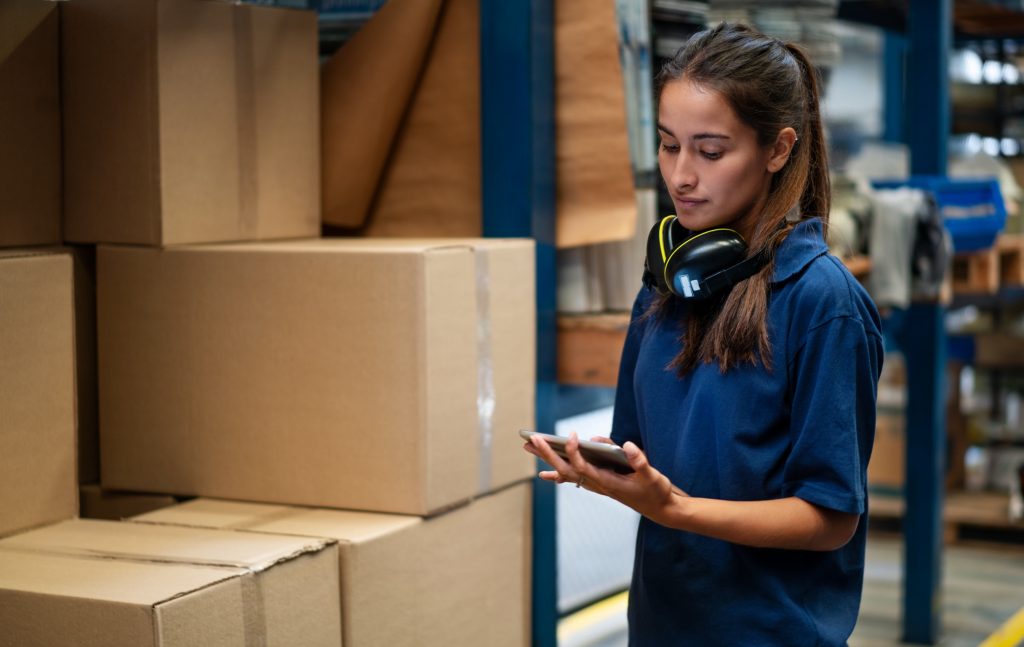By Guest Contributor | June 29, 2021

See why top ecommerce brands use Miva’s no-code platform to run
multiple stores, manage massive catalogs, and grow their revenue.
Since the start of the pandemic, ecommerce sales have become a steadily increasing portion of total retail sales, reaching 21.3% of sales last year compared to 15.8% in 2019. And the trend is only expected to increase as people have grown accustomed to the convenience of online shopping.
The positive news for those selling online comes with one major concern: the high rate of return fraud and abuse. Experts say that online returns have more than doubled year-over-year in 2020, with more than 7.5% being labeled as fraudulent. These fraudulent returns are often the result of criminal actors and malicious customers who repeatedly return packages that contain broken, old, or cheap imitations of products. Some retailers have even reported receiving boxes filled with dirt.
When retailers are being confronted with new threats, they need new ways to protect themselves. Protecting the enterprise from return fraud is particularly challenging, given the importance that legitimate and valuable customers place on the ease of returns when making a buying decision.
Retailers don’t want to add friction to the return process and risk turning legitimate customers away. And retailers especially don’t want to refuse a return from a legitimate customer and risk losing that customer for good.
Just how big of a deal are return policies and practices in consumers’ eyes? In a survey conducted for Signifyd by market research firm Upwave, 57.3% of consumers said a retailer’s return policies have a major or moderate bearing on where they shop. And 75% of respondents said they would stop patronizing a retailer based on a bad return experience.
So, given the stakes, what should the online retailer do? Let’s take a look at some practical questions that will help you know where to start addressing return fraud.
Answering the questions above is a good way to prevent return abuse on a case-by-case basis, but it’s hard to scale when you’re working case by case. So, how can a merchant devise a broader return fraud strategy?
Staying on top of return fraud is not easy. The threat of return fraud varies by retail vertical, product, and price. And the risk that a return request is fraudulent depends on whether the consumer is a new customer, a known customer, or a loyal customer. In short, retailers don’t necessarily want to rely on a one-size-fits-all approach to returns.
The nuances involved in monitoring and preventing return abuse lend themselves to an intelligent and automated solution that does the work of detecting return fraud. It’s a distinct advantage in the competitive world of ecommerce to have the right tools that help you measure your risk for return fraud, guide your decisions on accepting returns, and help you avoid the problem from the start. Creating a long-term, flexible strategy will allow you to avoid losses while building goodwill with some of your best customers.
Contributed by the Editorial Team of Miva Partner Signifyd.
Back to topNo worries, download the PDF version now and enjoy your reading later...
Download PDF Guest Contributor
Guest Contributor
The Miva ecommerce platform powers some of the web’s most spectacular online stores—stores that benefit every day from our relationships with our partners and other valued providers. We work with our network of experts to create fresh, insightful content for all independent merchants. Interested in contributing to the Miva blog? Click below to learn more about our co-marketing opportunities.
Visit Website